Guava Plants: How To Grow And Care For Guava Fruit Trees Guava Trees By: Bonnie L. Grant, Certified Urban Agriculturist Printer Friendly Version Image by mansum008 Guava fruit trees (Psidium guajava) are not a common sight in North America and need a decidedly tropical habitat. In the United States, they are found in Hawaii, the Virgin Islands, Florida, and a few sheltered areas in California and Texas. The trees are very frost tender and will succumb to a freeze when young, although adult trees may survive short periods of cold. That said, the plants are attractive and produce deliciously rich, sweet fruits that are excellent fresh or in desserts. Given enough guava tree information, it is possible to grow these small trees in a greenhouse or sunroom and reap the benefits of their Vitamin C-rich fruits. Guava Plants and Guava Tree Information The guava fruit grows on a small tree with a wide, short canopy and a sturdy single- to multi-stemmed trunk. The guava tree is an interesting plant with mottled greenish bark and long 3- to 7-inch (7.5 to 18 cm.) serrated leaves. Guava trees produce white, 1-inch (2.5 cm.) flowers that yield small round, oval, or pear-shaped fruits. These are more accurately berries with soft flesh, which may be white, pink, yellow, or even red, and which vary in taste from acidic, sour to sweet, and rich depending on the variety. 0 seconds of 0 secondsVolume 0% Guava plants thrive in any soil with good drainage and full sun for best flowering and fruit production. Guava fruit trees are tropical to sub-tropical and may achieve 20 feet (6 m.) in height. Growing guavas requires cold protection, and is not suitable outdoors in most zones of the United States. They must have shelter from freezing winds, even in sunny warm climates where occasional icy temperatures occur. Caring for a Guava Tree If you are lucky enough to live in a region where guava plants grow outside, the tree should be planted in well-drained soil where its roots have room to spread. Explore More Fertilize growing guavas every one to two months while young and then three to four times per year as the tree matures. Guava trees need a high amount of nitrogen, phosphoric acid, and potash, along with some magnesium for maximum fruit production. An example is a formula of 6-6-6-2, worked into soils just prior to the onset of the growing season and then evenly spaced out three times during the growth period. Water frequently after planting and then keep mature trees moderately moist during the blooming and fruiting seasons. Once established, caring for a guava fruit tree is similar to any fruiting tree care. Growing Guava from Seed Growing guava from seed may not produce a fruiting tree for up to eight years, and the plants are not true to the parent. Therefore, cuttings and layering are more often used as propagation methods for guava fruit trees. Growing guava seeds, however, is a fun project and produces an interesting plant. You need to harvest seed from a fresh guava fruit and soak off the flesh. The seeds can remain usable for months, but germination can take up to eight weeks. Boil the seeds for five minutes prior to planting to soften the tough outside and encourage germination.

SHIPPING & DELIVERY
Vestibulum curae torquent diam diam commodo parturient penatibus nunc dui adipiscing convallis bulum parturient suspendisse parturient a.Parturient in parturient scelerisque nibh lectus quam a natoque adipiscing a vestibulum hendrerit et pharetra fames nunc natoque dui.
- Vestibulum penatibus nunc dui adipiscing convallis bulum parturient suspendisse.
- Abitur parturient praesent lectus quam a natoque adipiscing a vestibulum hendre.
- Diam parturient dictumst parturient scelerisque nibh lectus.
Scelerisque adipiscing bibendum sem vestibulum et in a a a purus lectus faucibus lobortis tincidunt purus lectus nisl class eros.Condimentum a et ullamcorper dictumst mus et tristique elementum nam inceptos hac parturient scelerisque vestibulum amet elit ut volutpat.

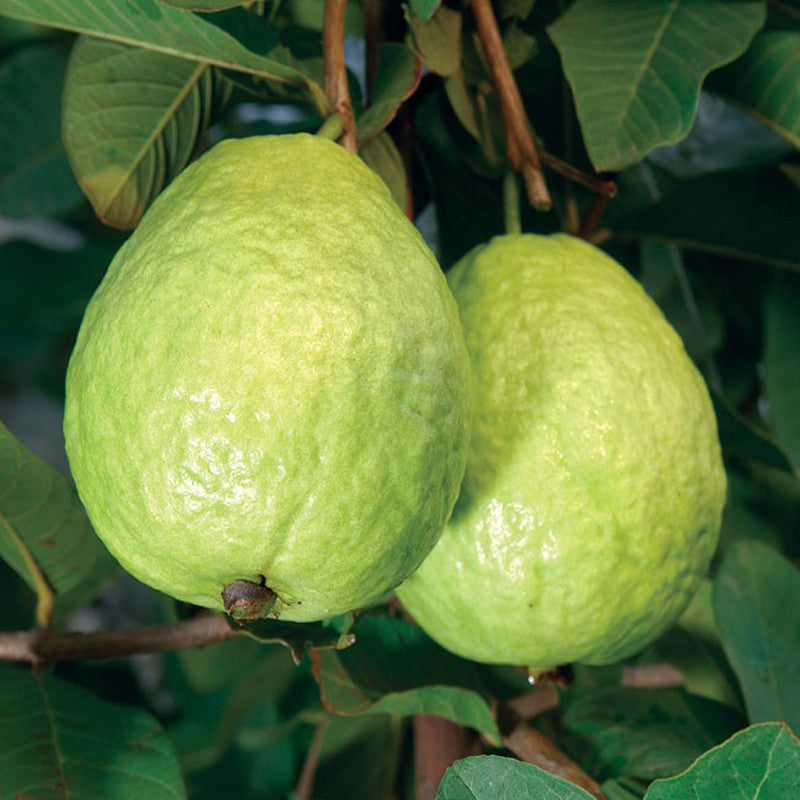
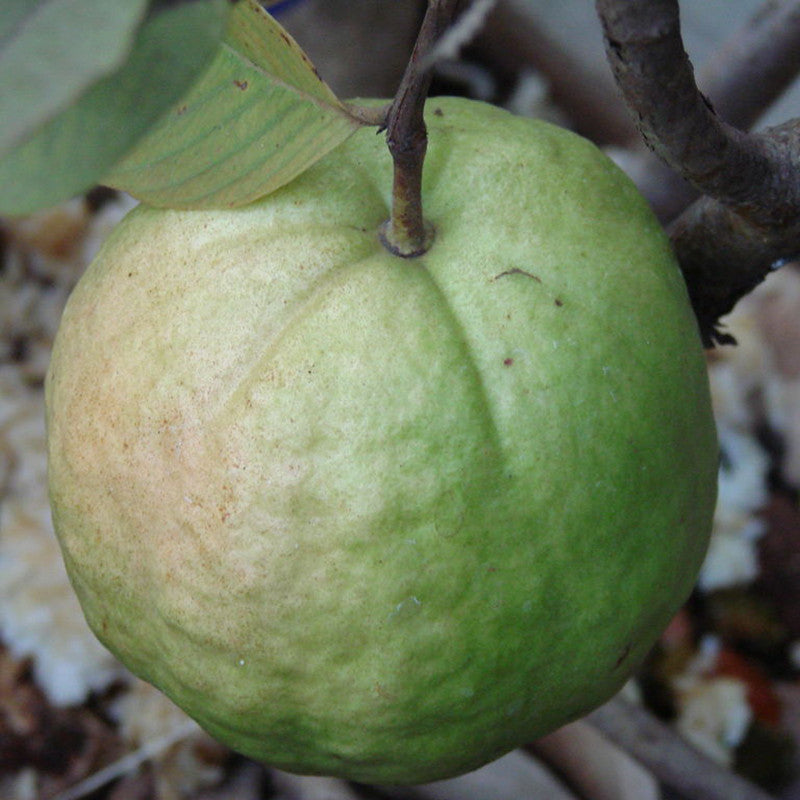


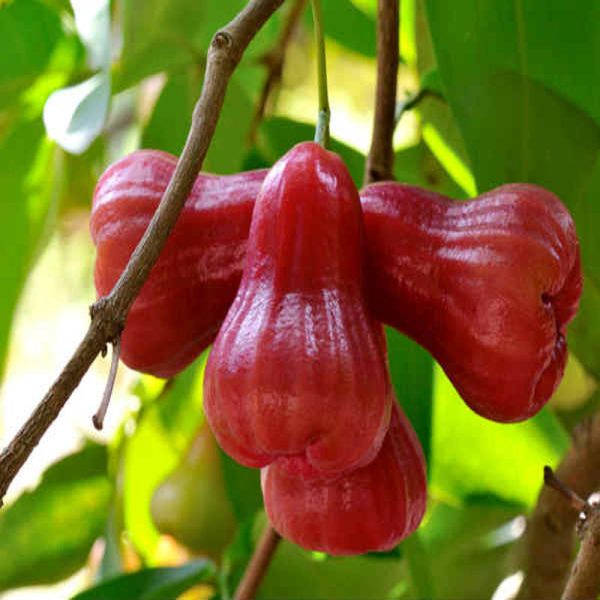

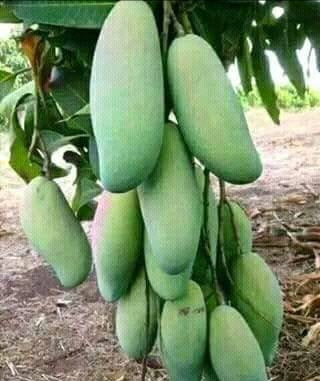
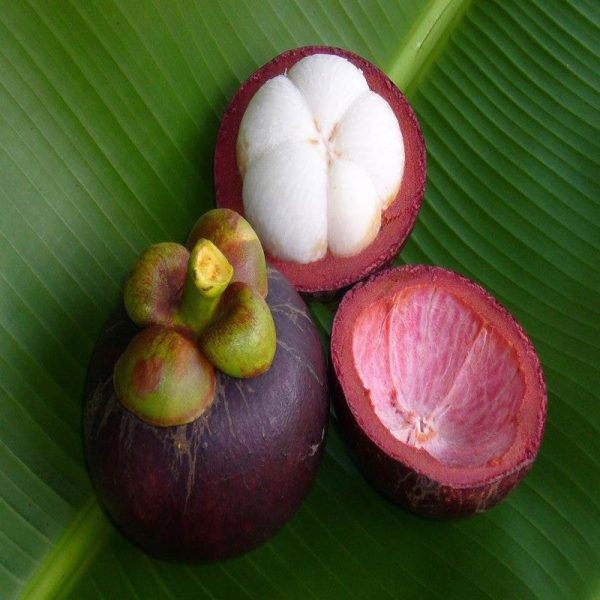
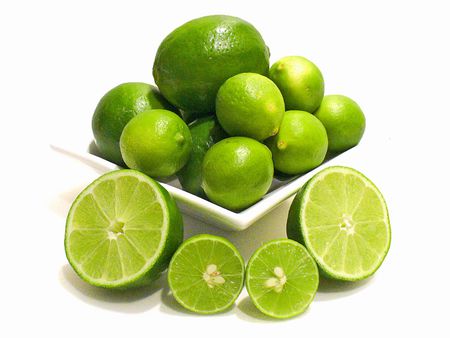


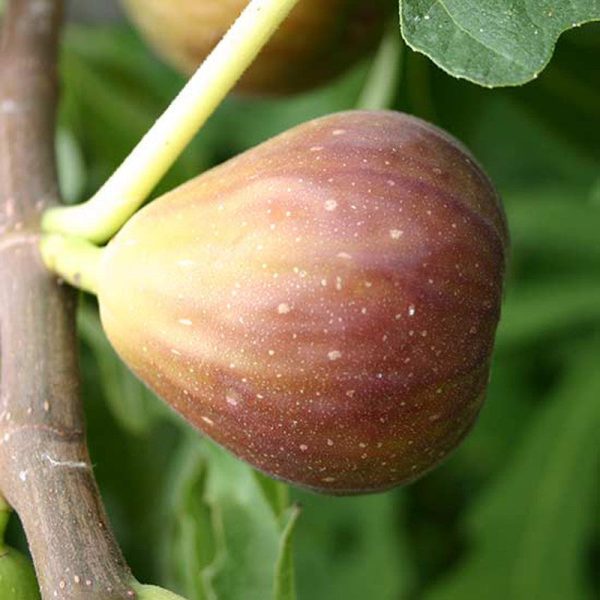


Reviews
There are no reviews yet.